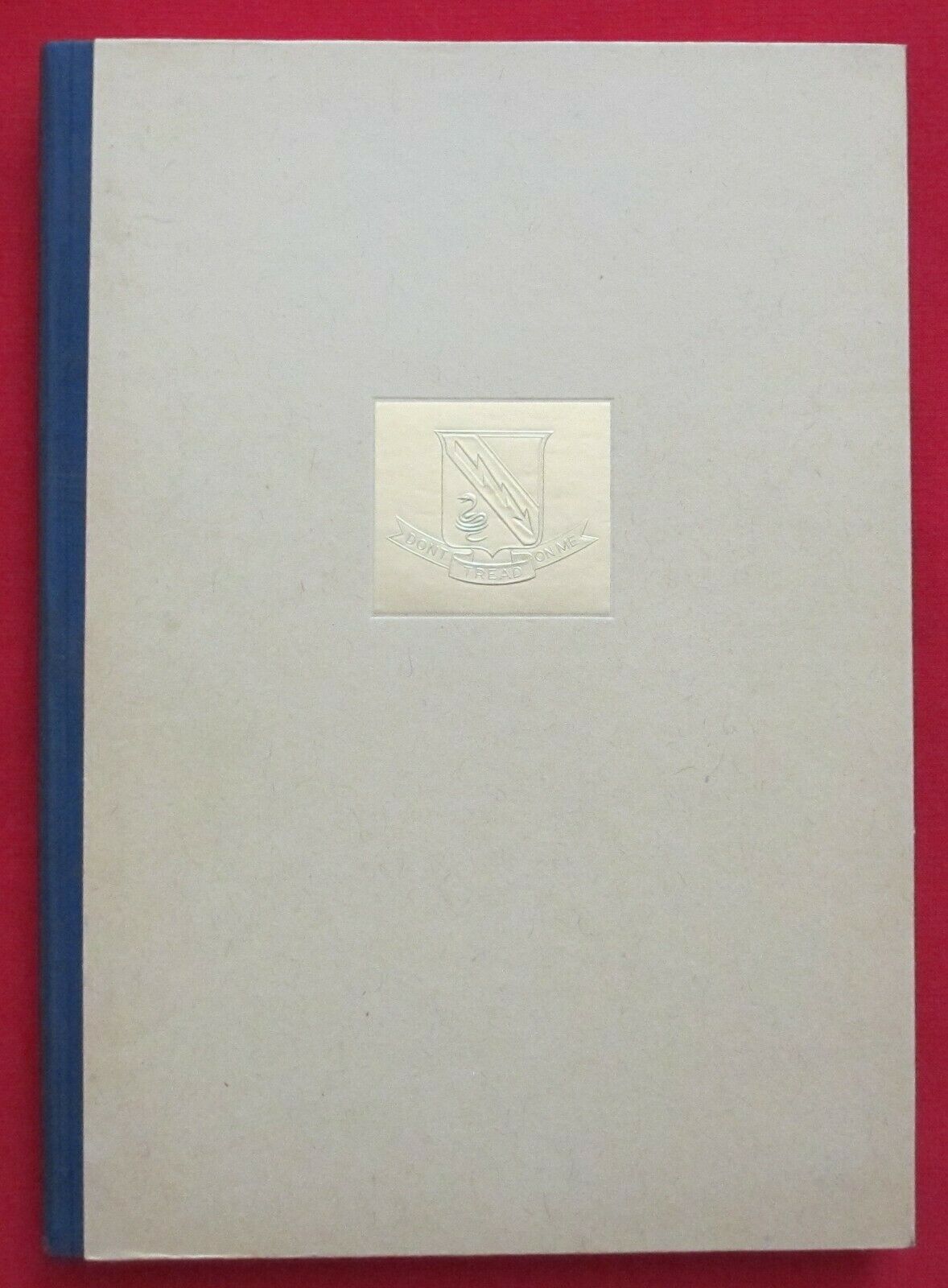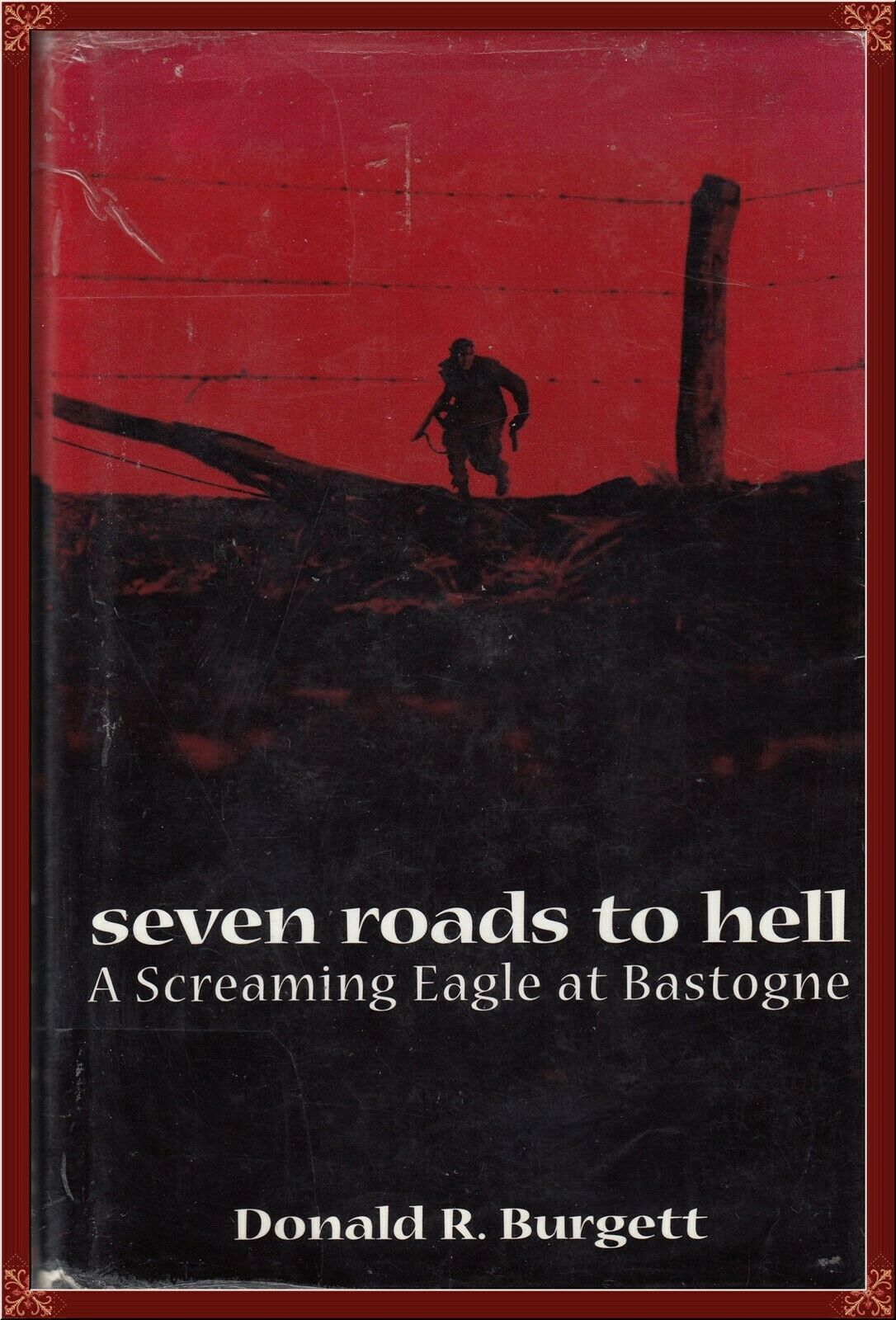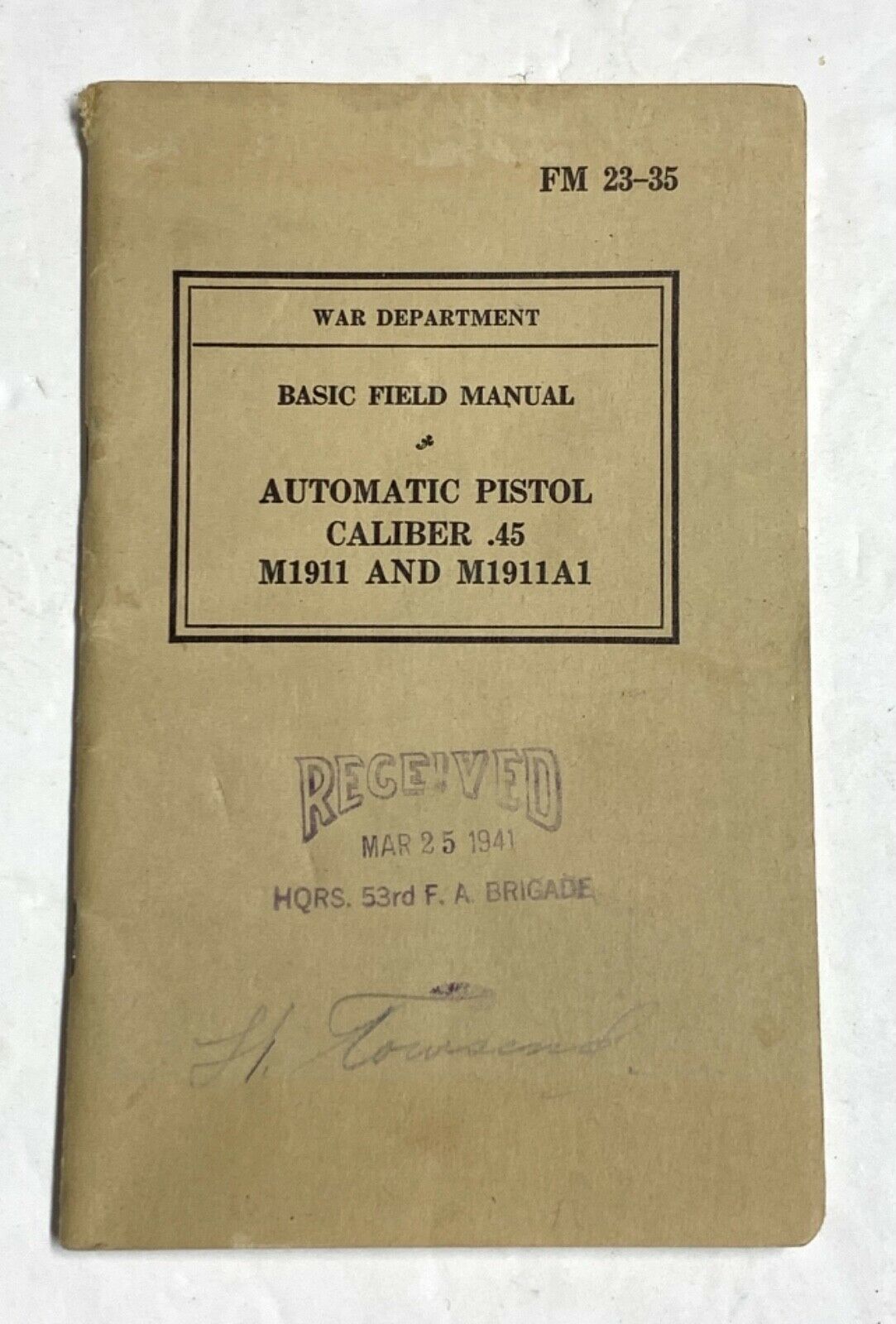-40%
WWII ETO Unit History 376TH INFANTRY REGIMENT w/ Slipcase 94th Division 1945
$ 39.59
- Description
- Size Guide
Description
WINGED-PROPProud to be part of the eBay community since 1998
is pleased to present this
Original WWII ETO Unit History
HISTORY
of the
376TH INFANTRY REGIMENT
BETWEEN THE YEARS OF
1921 - 1945
THE FIRST EXPERT INFANTRY REGIMENT IN THE UNITED STATES ARMY
PRINTED IN OFFSET BY CARL WEDDIGEN IN WUPPERTAL-BAREN, GERMANY
DECEMBER 1945
Hard Cover
w/ Original Slipcase
202 Pages
Additional Unpaginated Awards & Decorations Section + Attached Units
Tissue-covered photo of Colonel McClune, Commanding Officer.
The 376th Infantry Regiment was part of the 94th Infantry Division which fought in France and Germany in World War II, including in the Battle of the Bulge.
376th Infantry Regiment
While formally constituted on 24 June 1921, the origin of the 376th Infantry dates back to the early history of the United States. The regiment’s shield and crest features a black rattlesnake on a field of gold and is similar to one adopted in 1638 by the Ancient and Honorable Artillery Company of Boston. The rattlesnake and the motto, “Don’t Tread on Me,” also appeared on the flag carried by soldiers from many of the same Massachusetts communities from which the original personnel of 376th Infantry were drawn.
In November 1921, the 376th was organized under the National Defense Act of 1920 and assigned to the 94th Division. Upon its organization, and for many years afterward, the 376th was a skeleton regiment, comprised entirely of officers who had recently returned from World War I and occupation duty in the Rhineland.
With the outbreak of World War II, the 376th began preparations for mobilization. In June 1942, the Army selected an officer cadre from the 77th Division for the regiment. The commander of the cadre, COL Maximilian Clay, later became commanding officer of the regiment. The 376th was then ordered into active military service on 15 September 1942. The regiment underwent training at Camp Phillip, Kansas, the Tennessee Maneuver Area, and Camp McCain, Mississippi. At Camp McCain, the 376th qualified as an Expert Infantry Unit, the first regiment in the Army to receive that honor.
Upon completion of training, the 376th staged at Camp Shanks, New York, before boarding the Queen Elizabeth on 6 August 1944. The regiment, under the command of COL Harold H. McClune, arrived in England on 11 August. The 376th landed in France on 14 September and, with the rest of the 94th Infantry Division, was given the assignment of containing and screening the enemy in and about St. Nazaire. Despite the importance of its mission, many in the 376th felt that they had been relegated to “the forgotten front,” as the press focused its attention on the Allies’ rapid pursuit of the retreating German Army to the east. On 1 January, the 376th and the rest of the 94th Infantry Division was relieved by the 66th Infantry Division after 106 days on the line at St. Nazaire and reassigned to the east.
The regiment entered Germany on 8 January 1945, not long before the conclusion of the Battle of the Bulge. On 19 February, the 376th, was attached to the 10th Armored Division and helped to clear the Saar-Moselle Triangle below Orscholz and Saarburg. On 22 February, after delays caused by a lack of assault boats, heavy German fire, and the loss of COL McClune, who was badly wounded in both legs by shrapnel, the 376th , now under the command of LTC Raynor E. Anderson, crossed the Saar River and established the Ockfen Bridgehead. By 26 February, the 376th had linked up with the 301st and 302nd Infantry, allowing a heavy pontoon bridge to be constructed at Saarburg.
On 3 March, the 376th rejoined the 94th Infantry Division for the drive for the Rhine River. After a brief period of rest, the 376th reentered the American advance. During the week of 15-22 March, the 376th had driven 100 miles to the German industrial city of Ludwigshafen on the west bank of the Rhine, captured over 5,000 German prisoners, and seized large amounts of enemy equipment and supplies. More important was the regiment’s role in allowing the Third and Seventh Armies to link up and effectively destroy the German Seventh Army and neutralize any remaining German forces west of the Rhine.
By 24 March, Ludwigshafen had been secured. With the city cleared, the 376th was relieved by the 399th Infantry, 100th Infantry Division, and headed to Heimbach for its first extended rest in two months. On 4 April, the 376th received its new assignment: to help keep German troops isolated in the Ruhr and to assist in the establishment of military government in occupied Germany. The regiment was assigned to the town of Wuppertal and the surrounding area until V-E Day. After V-E Day, the 376th was assigned to occupation duty in Czechoslovakia until it left for the U.S. in late 1945.
During the war, approximately 300 men of the 376th were killed in action or died of wounds. The 376th was awarded campaign streamers for Northern France, Rhineland, Ardennes-Alsace, and Central Europe. In addition to the campaign streamers, the 1st Battalion, 376th Infantry received a Presidential Unit Citation for combat action in Germany. Individual medals awarded to the men of the 376th included 3 Distinguished Service Crosses, 76 Silver Stars, and 652 Bronze Stars.
After World War II, the 376th returned to the U.S. in late January 1946 and was inactivated 7 February 1946 at Camp Kilmer, New Jersey.
Shipping will be combined for multiple purchases.
Simply wait for me to send you an invoice with the appropriate shipping reduction.
Very Good Overall Condition
The majority of the book is in excellent condition - having been well protected by its lightly soiled slipcase - EXCEPT the binding is fully cracked towards the back of the book (see last photo). Both sections are still firmly attached to the covers. A professional book binder should be able to easily repair the book.
NOTE:
This book was printed in Germany. Interestingly, the cracked binding shows what appears to be a page from a German phone directory used as part of the binding.
Notes On Shipping
1. Alternate shipping methods available upon request.
2. Multiple purchases will be shipped together whenever possible to save you money.
3. Most items shipped within one (1) business day of payment.
POLICIES (i.e., the small print)
Receipt of payment is required within 5 days of the close of this auction unless you contact me to make other arrangements.
INTERNATIONAL BIDDERS:
International bidders are welcome! However, import duties, taxes and charges are not included in the item price or shipping charges. These charges are the buyer's responsibility. Please check with your country's customs office to determine what these additional costs will be prior to bidding/buying.
GUARANTEE:
If I have made a mistake resulting in the inadvertent misrepresentation of an item, appropriate satisfaction is absolutely guaranteed.
CONDITION:
Condition, of course, is subjective. I try to include numerous photos in my listings because, as they say, a picture is worth a thousand words. Any significant defects will always be identified within the text of the listing. However, when in doubt, I encourage you to ask questions.
FEEDBACK:
I always leave positive feedback when payment is received. I hope you will do the same upon completion of the transaction.
THANKS FOR YOUR INTEREST!




















